
Posts by Jim Wood

Vehicle backing accidents happen too often but are completely preventable. Vehicle or equipment backing accidents can lead to costly damage,...
Read More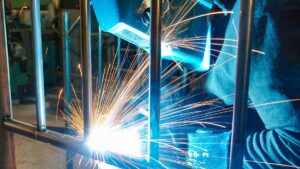
There is no shortage of excuses for not wearing eye protection: they are uncomfortable; they are dirty, they are scratched;...
Read More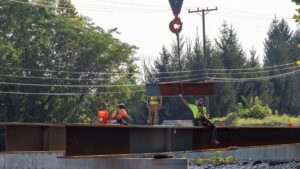
Struck-by injuries are produced by forceful contact or impact between the injured person and an object or piece of equipment....
Read More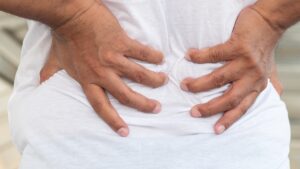
Construction is a physically demanding job, and the physical demands can place stress on the body. The physical stresses can...
Read More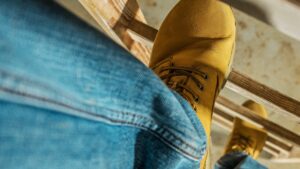
Falls continue to be one of the leading causes of injury and death in construction. Among construction workers, an estimated...
Read More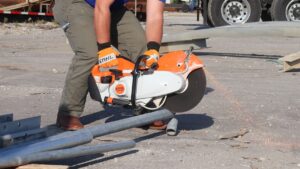
A type of struck-by injury experienced too frequently in construction is a person being struck by a saw or a...
Read More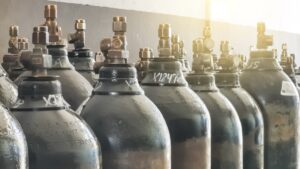
Compressed gas cylinders that are not stored correctly or mishandled may rupture violently, releasing their hazardous contents or becoming dangerous...
Read More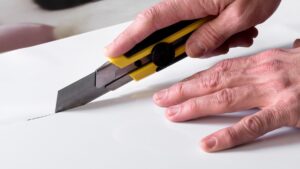
Hand lacerations are the most common hand injury in the workplace (63%). They are the Number 2 leading cause of...
Read More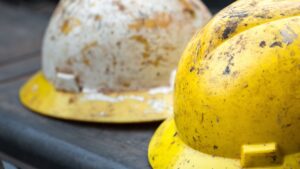
Hard hat manufacturers recommend that hard hats be replaced every five years, regardless of appearance, as performance decreases after that...
Read More





